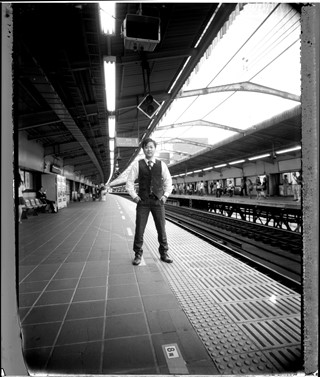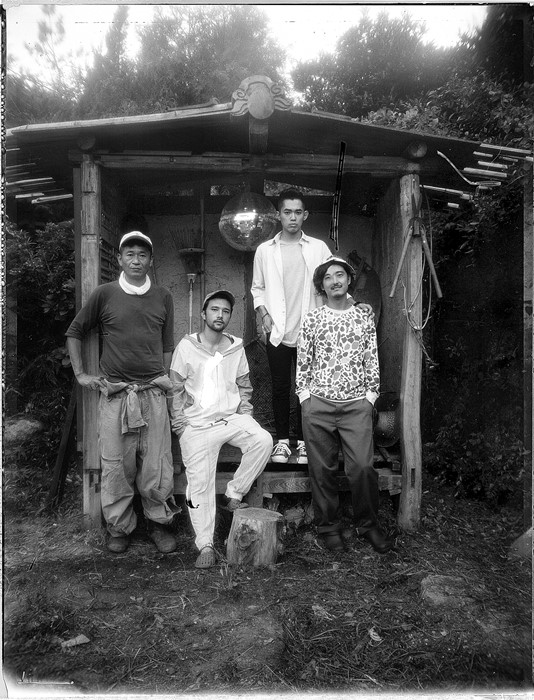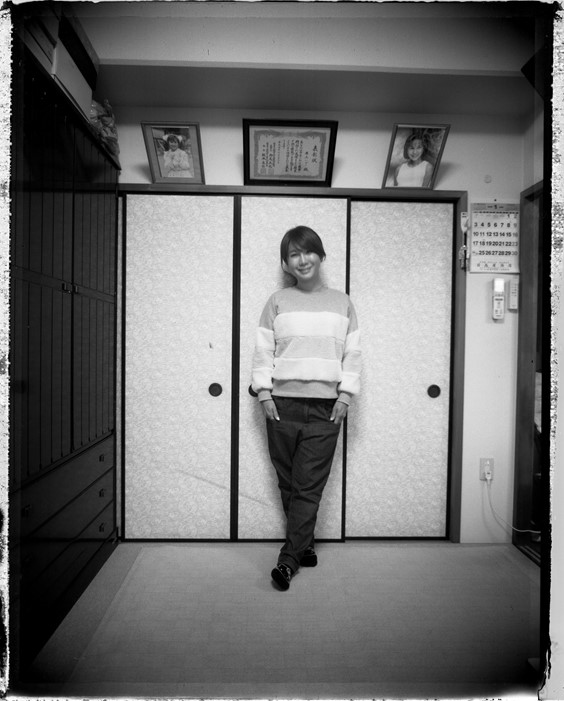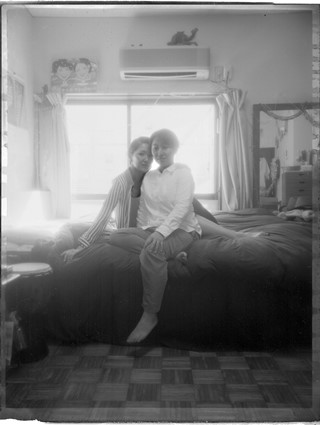Edges of the Rainbow celebrates the queer lives pushing gender identity forward
Japan has a long, complex history of diverse sexuality that has seen celebration and oppression in equal measure. Not unlike the relationships maintained by ancient Greek and Roman society, Japanese texts speak openly around gay love affairs among the Samurai and the Buddhist clergy, while Kabuki theatre has remained a male-only enterprise since the exclusion of female actors during the Edo period. Japan’s economic booms in the 1960s and 1990s also saw a renewed celebration of gay culture, especially on the nightclub and entertainment scene, but recent developments have also seen a wider acceptance of individuals across the queer spectrum.
That said, Japan’s strong emphasis on a conformist society is something that continues to see the LGBTQ community marginalised, suppressed and often simply ignored. For many, the process of coming out or coming to terms with their sexuality can be devastating, as an ageing population known for its relentless preoccupation with a successful family and work life puts pressure on people to fit a tight, prescriptive mould.

A new book, Edges of the Rainbow, seeks to change that by shining a light on individuals throughout the country who express every aspect of sexuality and gender. It is the latest instalment in an on-going series published by the New Press, which documents the rich tapestry of global queer identity.
Following the travels of photographer Michel Delsol and journalist Haruku Shinozaki, this book includes the sprawling metropolis of Tokyo, the bright lights of Osaka and several villages. “It was important to have as diverse a range as possible,” says Delsol. “We wanted to make sure we weren’t just representing one group. We used our research to make sure none of the subjects knew each other in order to gain a broad perspective.” Family also played an important role in the project. “Many of the portraits include relatives. We wanted to show that intimacy and that support network, which is not to say that there wasn’t a struggle for those in question. Almost every participant had some conflict when coming out, but the great thing is that many parents have since come round and accepted their children for who they truly are.”

Delsol and Shinozaki undertook two five-week trips to Japan to pursue the project, calling on their established contacts and working with extended networks. The pair first met Episcopal priest Yoshiki Nakamura and his long-term partner identified as ‘K’ when the couple were visiting in New York. They agreed to take part in the book, but K had a few reservations. “He works for a traditional Japanese company and was worried about the exposure. We went back and forth several times and decided it was best to show his presence in an unidentifiable way, in case he changed his mind again.”
This sensitive approach is key to Edges of the Rainbow and is reflected throughout the intimate snapshots of everyday life, coupled with illuminating accounts of a wealth of life experience. There is Chiga, the owner and manager of a lesbian bar called Gold Finger in Tokyo’s party district of Shinjuku. She describes herself as “500 per cent lesbian”. More than just throwing brilliant parties, Chiga understands the importance of offering a safe, inclusive space for her community; her bar features female-only and FtM (female to male transitioning) nights.

Many of the subjects are activists, but Makoto and his wife Fuyumi have gone further in actually developing sign language that expresses the changes in LGBTQ lexicon. Makoto is a trans man and Fuyumi identifies as queer; both were born deaf, to deaf parents. The couple organise work groups that identify and raise issues around discrimination and are part of the annual National Deaf LGBTQ Conference that helps develop and disseminate new forms of signing – the book even contains a few handy demonstrations.
The huge breadth of reportage contained in Edges of the Rainbow is a testament to a country that is slowly embracing its gender-fluid populace. Whether its excitable teenagers gather around trans pop idol Ai Haruna, or sensitive portraits of a couple sharing a bath, these images tell a multi-faceted story that truly gives a voice to its community. The book is published in the United States, but has already been bought by a fair amount of Japanese natives. “That was a great surprise,” says Delsol, “but it is wonderful to know that this is something Japanese people want to see – that they are identifying with the people in the book. I hope it is something we can pursue in the future.”

Edges of the Rainbow by Michel Delsol and Haruku Shinozaki is out now, published by The New Press.
